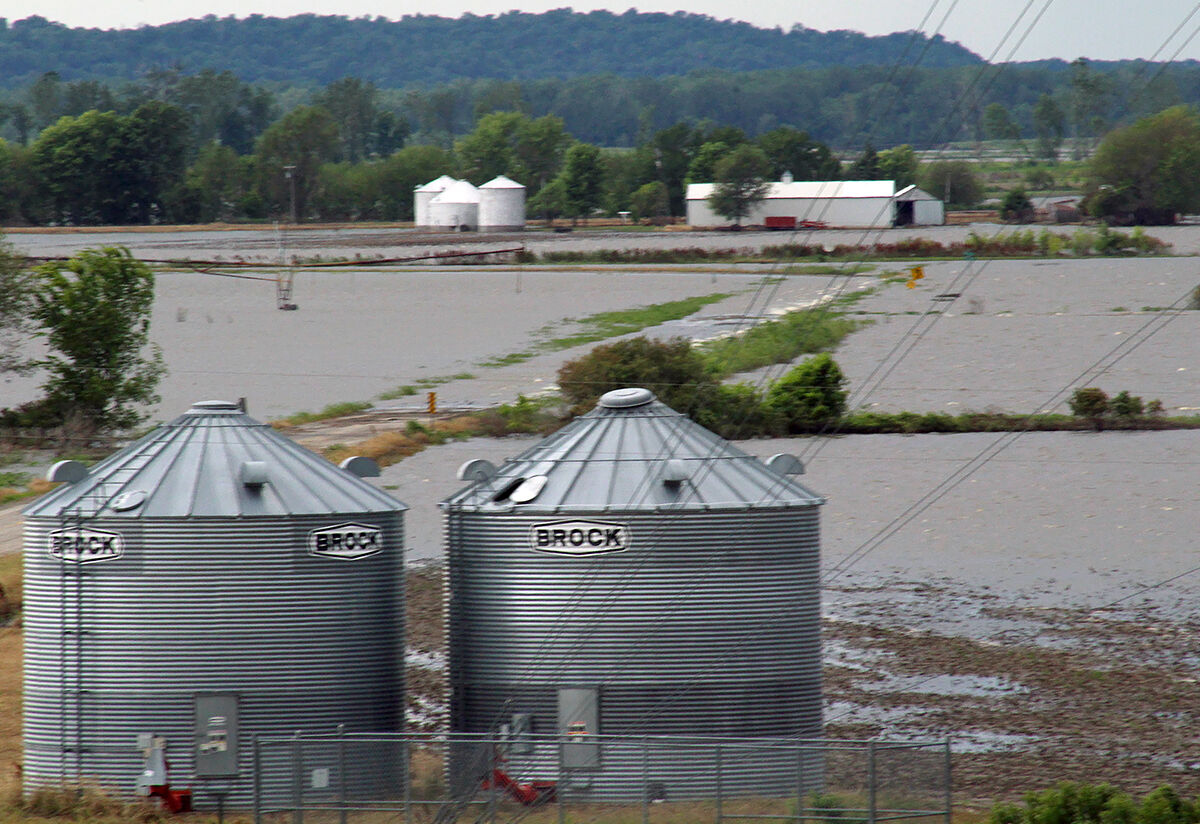A newly released study shows that planting cover crops and reduced tillage could substantially lower the number of prevent plant acres and subsequent federal crop insurance payments.
Cover crops lower the number of PPL acres in wet springs, reducing the loss odds by 24%, according to the six-state study released in March, says Rob Myers, director of the University of Missouri’s Center for Regenerative Agriculture. The center is a five-year, $25 million project to promote climate-smart farm practices. Average losses varied based on physical features that vary field to field.
Myers and Bruce Sherrick of the University of Illinois were principal investigators in the study, which was facilitated by the AGree Coalition, an initiative at Meridian Institute. The study used USDA data from six states: Missouri, Illinois, Iowa, Indiana, Minnesota and South Dakota.
A topic of discussion in farm policy circles is whether agricultural conservation practices can reduce PPL risk. Crop insurance is one of the largest expenditures in the federal farm bill, accounting for 37% of its farm budget.
USDA’s Risk Management Agency logged 19.6 million PPL acres in 2019, resulting in a record $4.2 billion in indemnity payments.
Cover crop enthusiasts are seeing an increased interest in conservation practices to reduce risk from extreme weather. They also see benefits from earlier planting dates that reduce yield risk. In addition to improved soil aggregate structure, cover crops increase water-holding capacity in the soil, resulting in less runoff and ponding after heavy precipitation.
Myers says USDA’s commitment to paying healthy financial incentives to row crop farmers and livestock producers to implement climate-smart practices is impressive. New USDA Partnerships for Climate-Smart Commodities grants, such as the one received at University of Missouri, also support conservation efforts. The MU project will provide incentive support for Missouri producers to implement a variety of climate-smart practices, including
• Soy-rye (cereal rye before soybean), $30 per acre.
• High biomass cover crop mix, $40 per acre.
• Late termination cover crop practice, $15 per acre.
• Cover crop grazing, $20 per acre.
• Regenerative grazing practice, $50 per acre, which could go toward electric fencing and/or watering systems.
• Grow your edges, silvopasture agroforestry, $200 per acre.
• 4R (right source, right rate, right time, right place) nutrient management with precision fertilizer/manure application, $20 per acre.
• Climate-smart fieldscapes, flat rate.
In addition to the financial incentives and soil health benefits, cover crops provide other long-term rewards. The longer cover crops are used, the more yields increase, according to a national cover crop survey from USDA and the Climate Technology Information Center.
Cover crop returns in corn and soybean broke even in the third year, based on farmer survey data, says Myers.
Cover crops also provided an estimated $27 per acre savings on herbicides where herbicide-resistant weeds were an issue. Grazed cover crops provide an extra return of $49.23 per acre, with cost recovered in the first year, according to the data.
Myers says the new information complements ongoing studies showing that cover crops and reduced tillage improve the environment and farm profitability.




